The relationship between humans and cats is a fascinating journey that dates back thousands of years. While initially rooted in mutual benefit and survival, this bond has evolved into a rich tapestry of companionship, superstition, and affection. This article delves into the historical significance of cats in human societies, examining their journey from wild hunters to beloved house pets.
Cats in Ancient Egypt Divine Companions
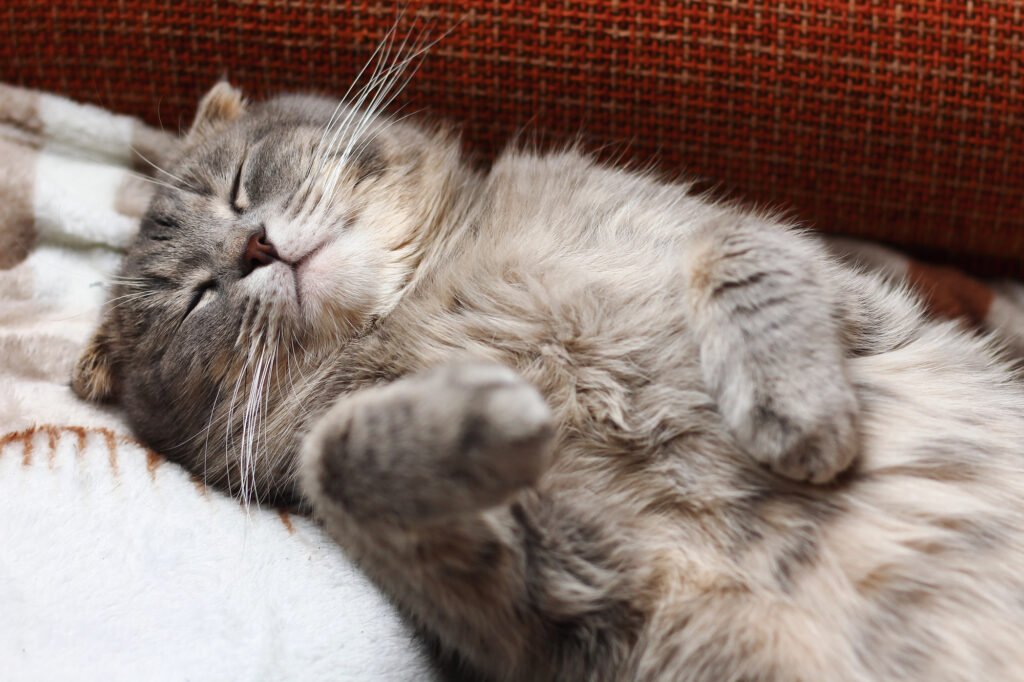
In ancient Egypt, cats were revered as sacred animals, closely associated with the goddess Bastet, who embodied protection, fertility, and motherhood. Cats were mummified and buried with elaborate ceremonies, signifying their esteemed status. Egyptians appreciated cats for their ability to control vermin and protect granaries, cementing their role as divine companions and protectors.
The Spread of Felis Catus From the Fertile Crescent to the Roman Empire
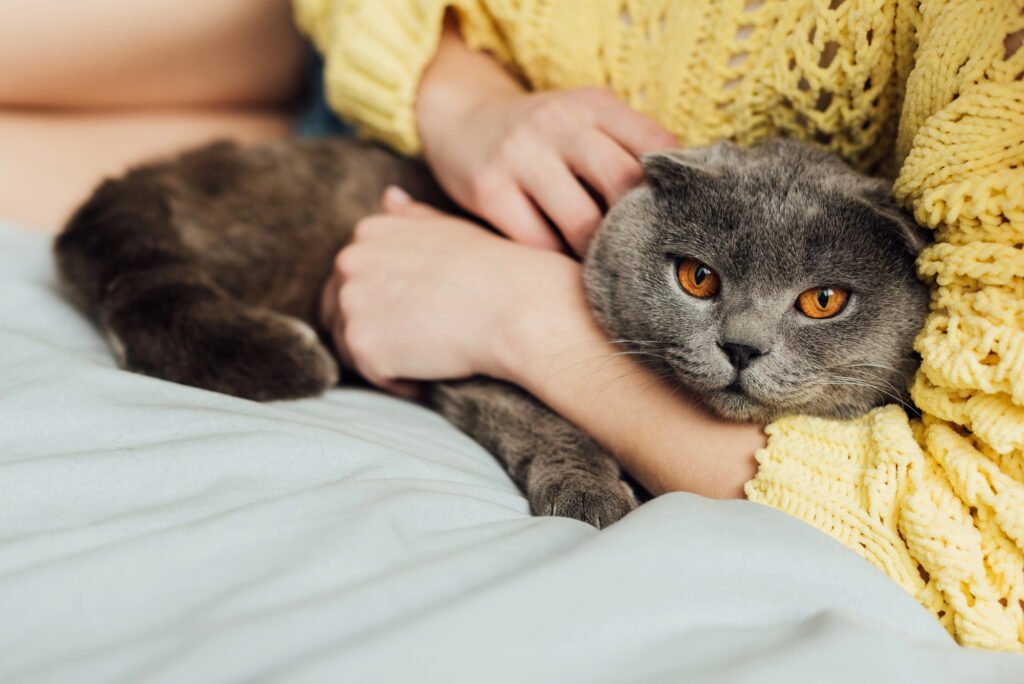
As trade flourished across the Mediterranean, so did the population of domestic cats. Cats traveled with traders and settlers, spreading from Egypt to Greece, Rome, and beyond. Romans admired cats for their pest control abilities, but unlike the Egyptians, they did not worship them. Instead, cats became symbols of independence and were often depicted in art and literature.
The Middle Ages From Fear to Familiarity
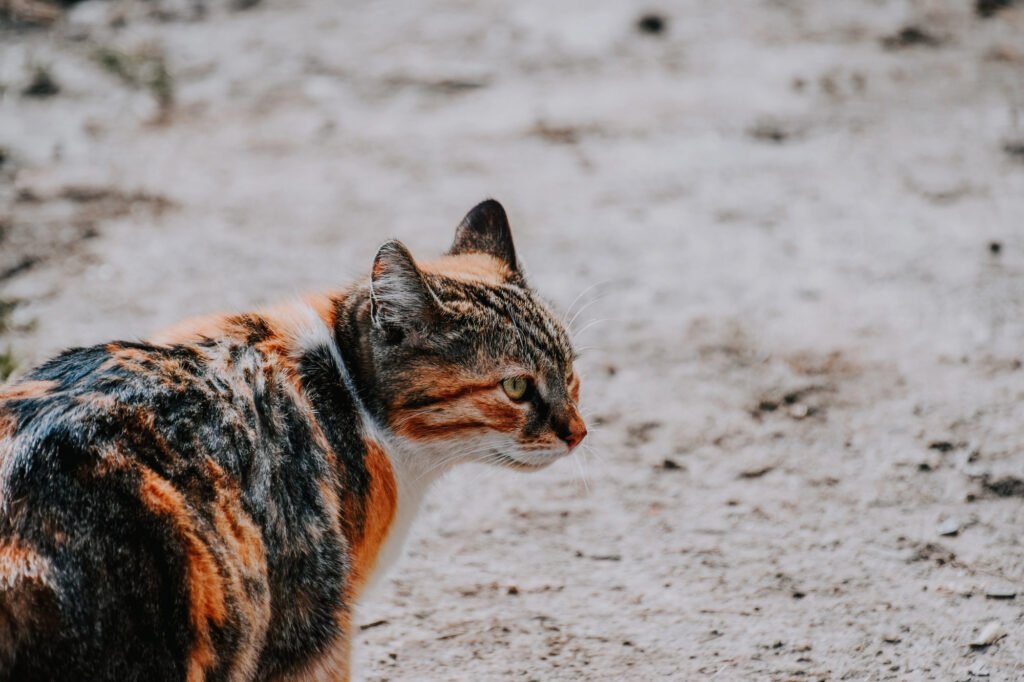
The role of cats in human society took a dark turn during the Middle Ages. Cats became associated with witchcraft and were often persecuted, especially during times of superstition and plague. Some historians suggest that the decimation of cat populations contributed to the proliferation of rats and the bubonic plague. However, over time, as these fears subsided, cats began to regain their place in homes and barns.
The Renaissance Cats in Culture and Art
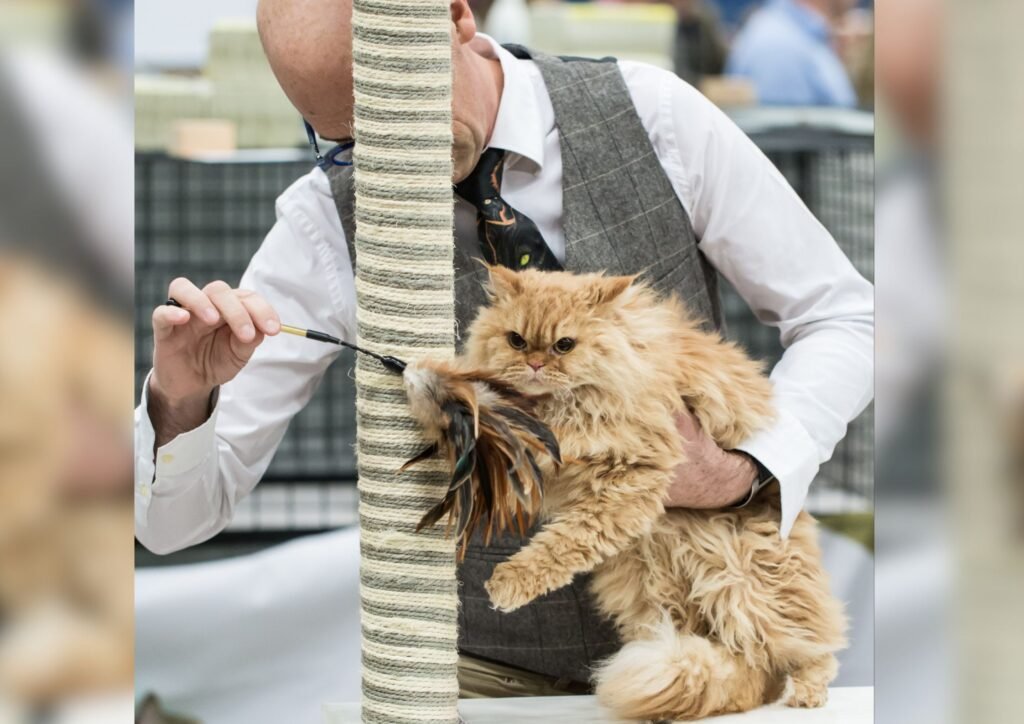
During the Renaissance, cats started to appear in art and literature as symbols of both mystery and domesticity. Writers and painters began to appreciate their graceful forms and enigmatic ways. The popularity of cats in art reflected broader cultural shifts toward appreciating beauty and emotion, as well as a renewed recognition of their practical benefits.
The Age of Exploration Cats as Shipmates
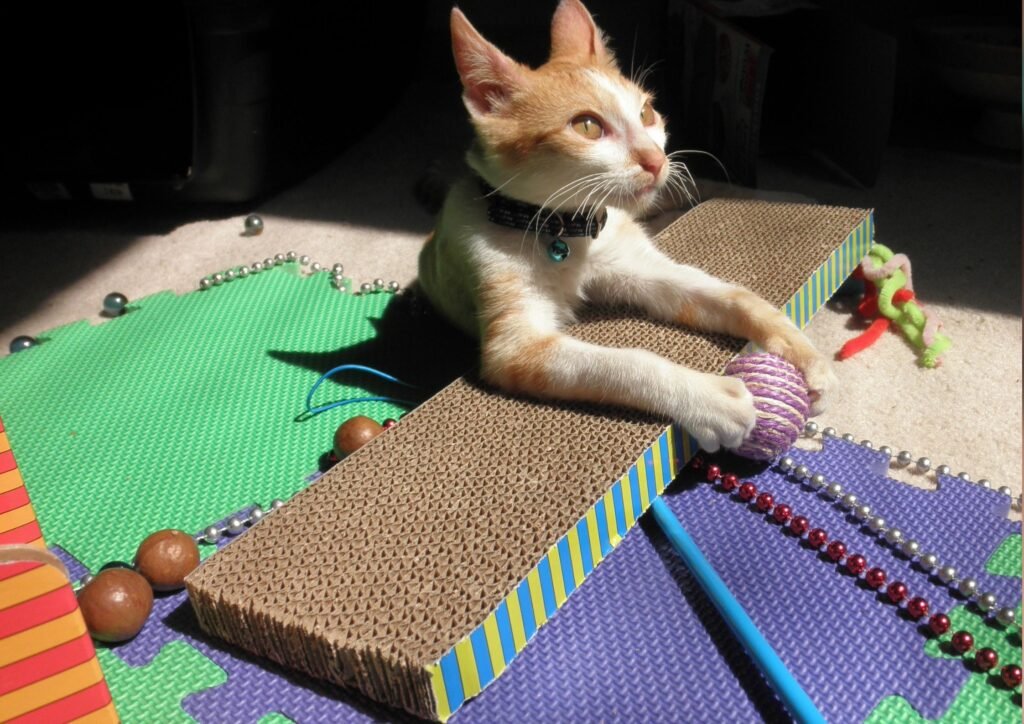
During the Age of Exploration, cats played a crucial role aboard ships, serving as both companions and pest controllers. Explorers, including figures like Christopher Columbus and James Cook, carried cats on their voyages to rid ships of rats and maintain supplies. This period further spread cats around the world, leading to the global distribution we see today.
Cats in Asia Symbols of Luck and Protection
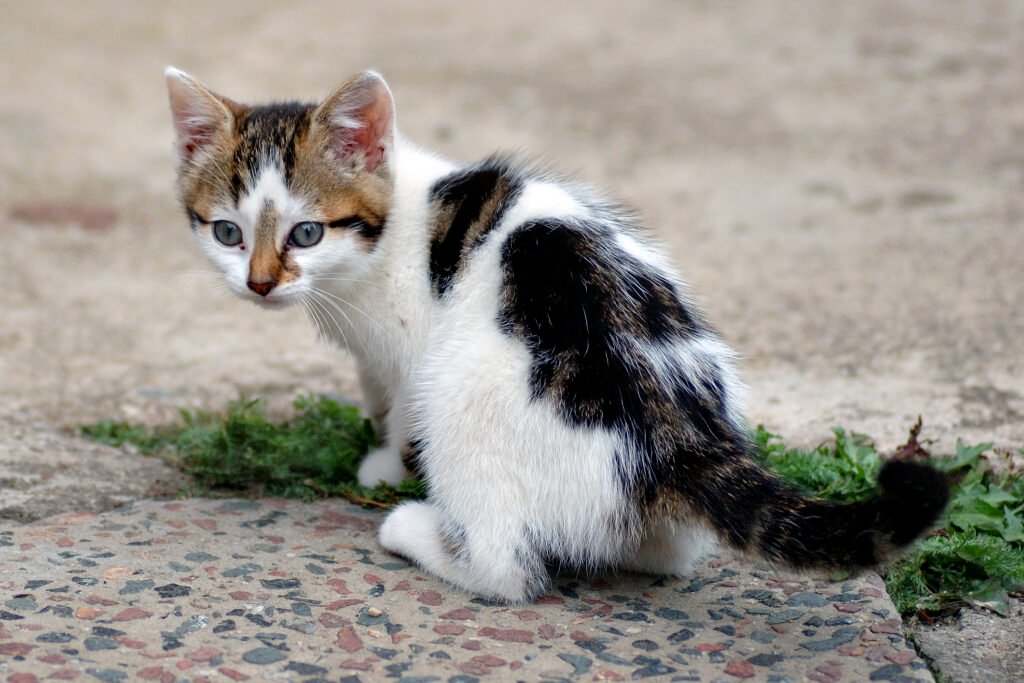
In many Asian cultures, cats are considered symbols of good fortune and protection. For instance, the Japanese Maneki-neko, or “beckoning cat,” is a popular talisman believed to bring luck and prosperity. Asian literature and folklore often depict cats as wise and magical creatures, further emphasizing their esteemed cultural status.
Cats and the Enlightenment Rational Companions
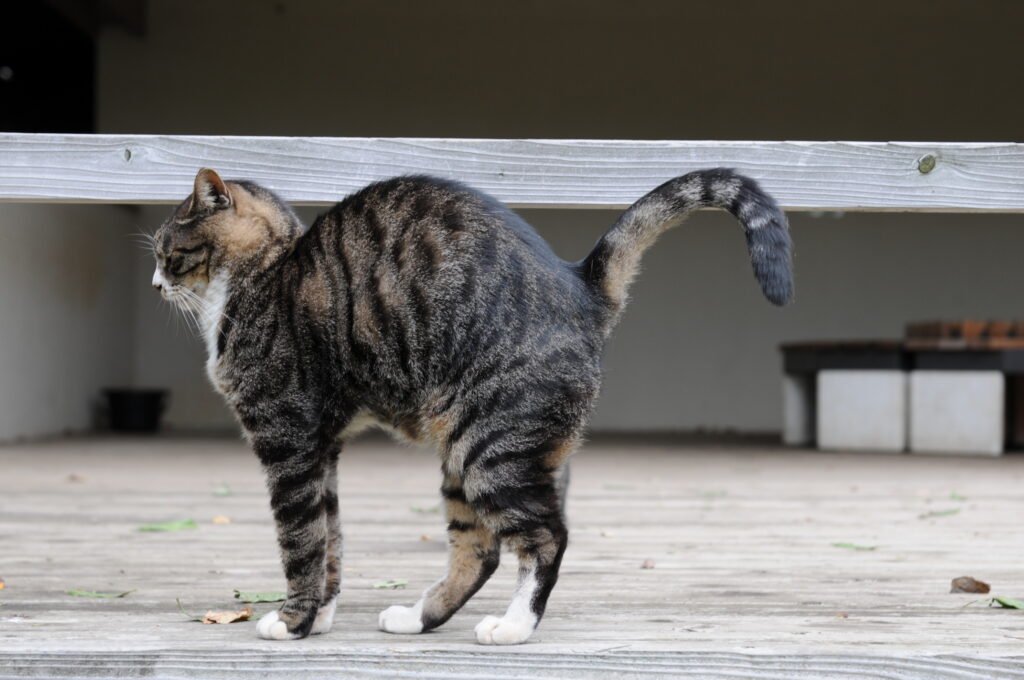
During the Enlightenment, the perception of cats stabilized as societies began to value rational thought over superstition. Cats became cherished pets within the household, appreciated for their companionship and individuality. This era marked a turning point in the human-cat relationship, fostering a deeper understanding and appreciation for feline nuances.
The Victorian Era Cats in the Domestic Sphere
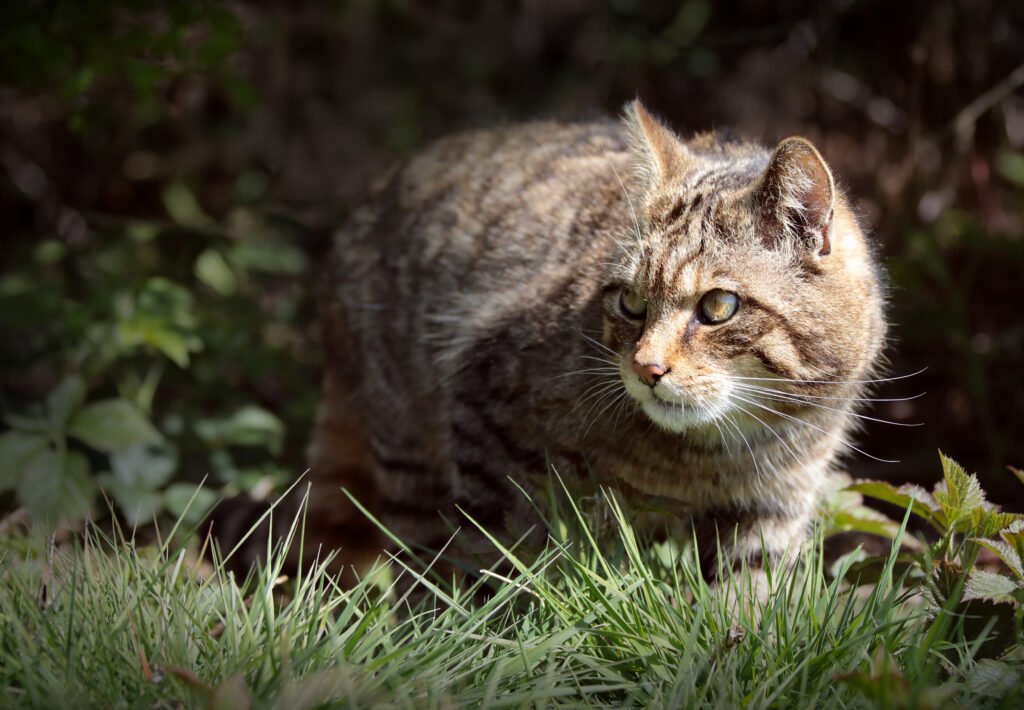
The Victorian era saw a resurgence of interest in animal welfare and a burgeoning pet culture, with cats often portrayed as beloved members of the family. This period saw the emergence of cat shows and breeding practices, as well as a plethora of cat-inspired art and literature that celebrated their charm and quirkiness.
Modern Times Cats as Internet Sensations
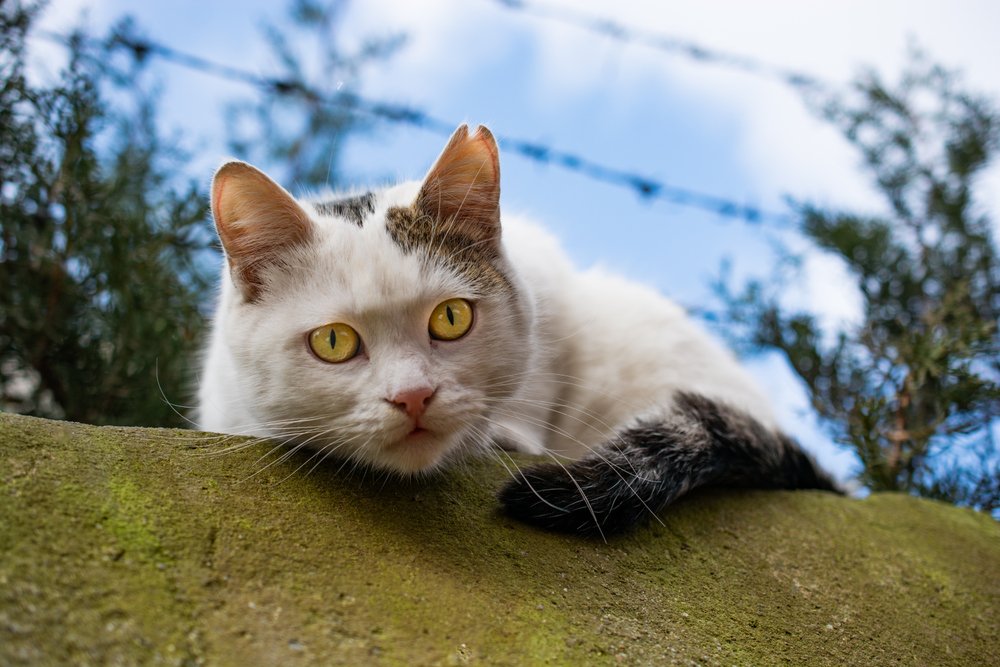
In contemporary times, cats have taken the world by storm online, becoming viral sensations on platforms like YouTube and Instagram. Their humorous and endearing antics continue to captivate audiences, further solidifying their role as cherished companions. This modern digital era highlights the timeless allure of cats, transcending historical and cultural boundaries.
Conclusion: Unraveling the Feline Mystique
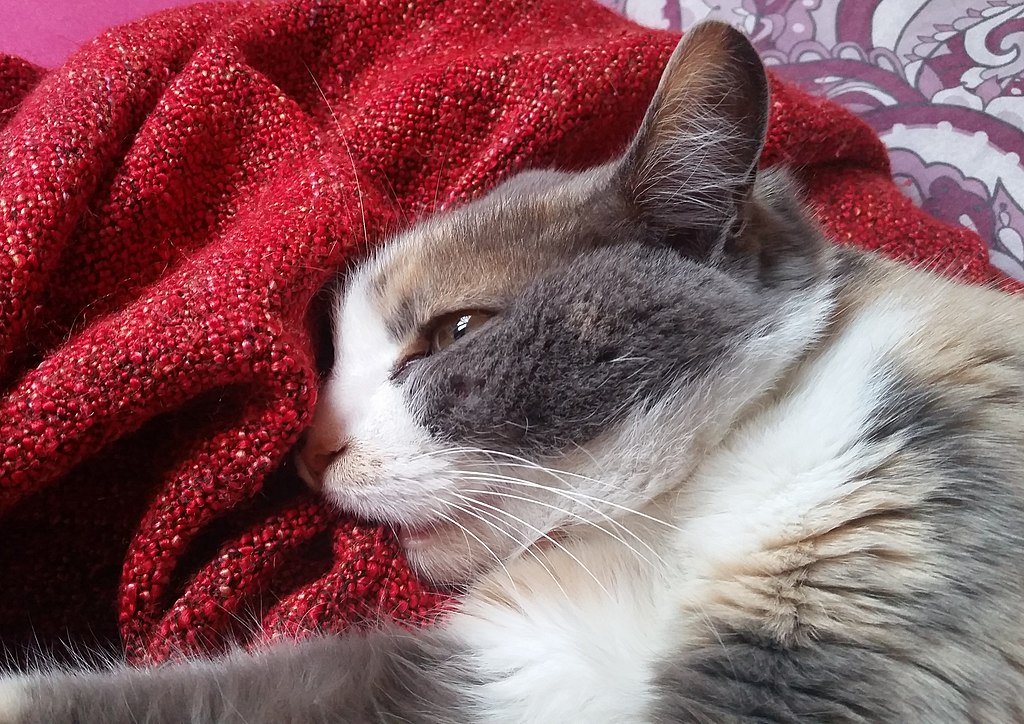
The bond between humans and cats has endured trials and triumphs throughout history, adapting to shifting cultural paradigms and societal norms. From their sacred beginnings in ancient civilizations to their casual charisma in today’s digital age, cats have remained a steadfast presence in human life. This enduring bond speaks to the timeless charm and companionship these enigmatic creatures provide, making them an integral part of our shared history and future.






